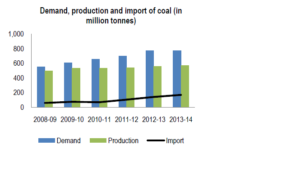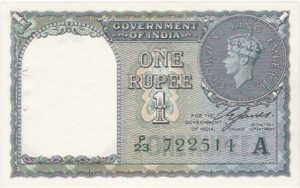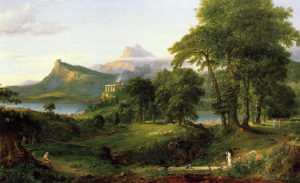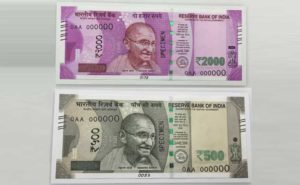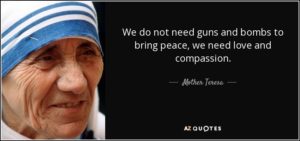
Rudyard Kipling is forever remembered for his great writings on India, and his characters have become familiar to billions around the world. Little is known of his father and his successful career in the Punjab in India.An exhibition, titled Lockwood Kipling: Arts and Crafts in the Punjab and London, explores the history of the museum’s collection through his life, and includes paintings in the Indian section of the Great Exhibition of 1851, his sketches of Indian craftspeople, his book of illustrations and furniture designed for royal residences.
On returning to England in 1893, he and son Rudyard often collaborated. The exhibition includes a terracotta tobacco jar designed and made by Kipling in the shape of a bear, inspired by their shared time in India.Rudyard wove his father’s vivid collections into his stories, many of which Lockwood Kipling illustrated. The exhibition includes a range of these editions, including The First and The Second Jungle Book and Kim.
Door from late 19th century India was featured in a new exhibition on Lockwood Kipling, the father of author Rudyard Kipling, at the Victoria & Albert Museum in London The exhibition concludes with furniture and designs relating to royal commissions that Kipling worked on with his student, the architect Bhai Ram Singh – the Indian billiard room for the Duke of Connaught at Bagshot Park in Surrey and the Durbar Hall at Osborne, Queen Victoria’s summer home.
The great wealth that flowed from the fields of India into the fancy rooms that were set up in the United Kingdom in that century were phenomenal. Many a fortune were gained and lost in the nineteenth century between India and its rulers. The cultural ties that evolved over the centuries continue today in many common words and language and traditions. There is much that was learned and can be used to build upon as Brexit will allow the UK to seek independent alliances, with its commonwealth of countries. India as the jewel in that crown, can play an important role in helping to develop trade with other countries, with the British.
Our common colonial heritage can help to forge new relationships from the old, as there is much to build on. Britain may have a better alignment with India and its huge market than with Germany or France. Africa the next big continent is just waiting for more trade and development, and common ties and language can help. We can help architect the next Hall for an African head of State, while building the economy of the continent, through economic collaboration.
